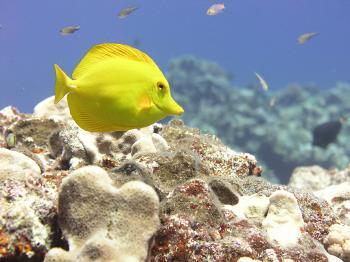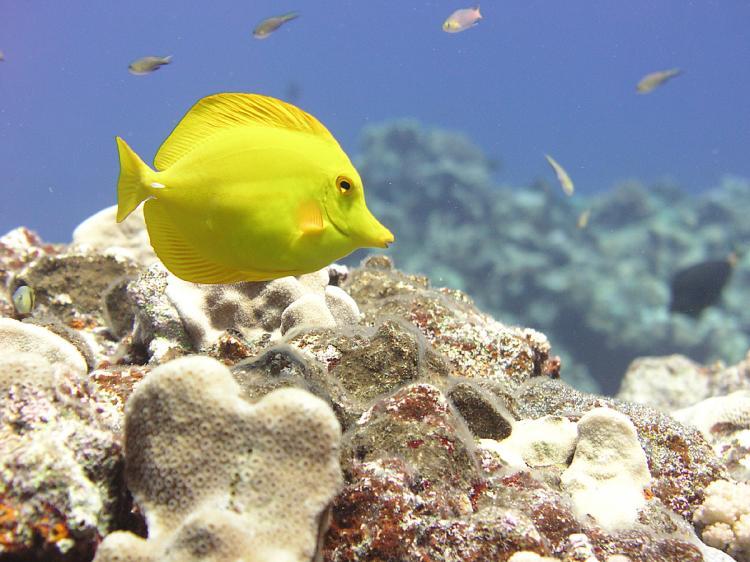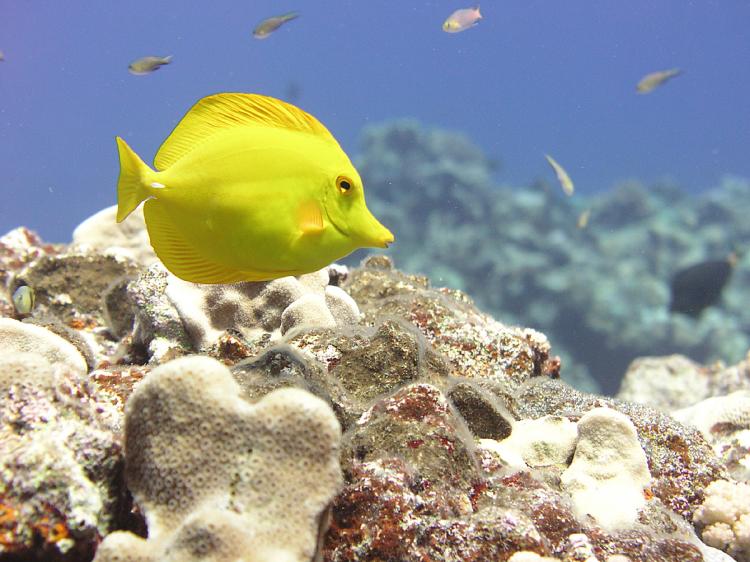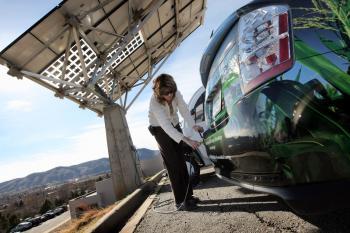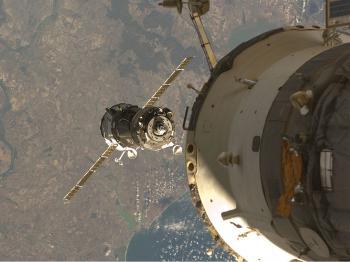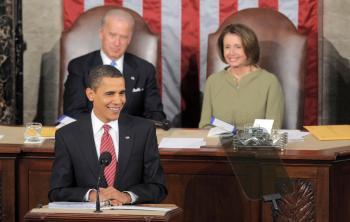Together with Papahanaumokuakea Marine National Monument, which was established in 2006 in the northwestern Hawaiian Islands, President Bush will have designated monuments protecting 335,561 square miles of ocean, a larger area of the world’s marine environment than protected by any other person in history.
“This historic action by President Bush protects some of the world’s most unique and biologically significant ocean habitat,” said Joshua S. Reichert, managing director of the Pew Environment Group in a statement.
“Together with the Hawaii marine monument established two years ago, this marks the end of an era in which humans have increasingly understood the need to conserve vanishing wild places on land but failed to comprehend the similar plight of our oceans. It comes none too soon.”
The largest of the protected areas surrounds the Northern Mariana Islands and includes the Mariana Trench, the deepest canyon on earth. The Mariana Islands monument alone protects 95,000 square miles, encompassing areas believed to harbor some of the oldest known life on the DNA tree.
By itself, this monument is the third largest marine reserve in the world. Among its diverse underwater features are the second known boiling pool of liquid sulfur (the first pool was discovered on Io, one of Jupiter’s moons); huge, active mud volcanoes—one more than 31 miles across; and highly acidic hydrothermal vents that provide a unique natural laboratory for the study of ocean acidification and its effects on coral reefs and shallow-water sea life.
A marine mammal survey in the area found 19 species, including several rare species of beaked whales. The land areas shelter the endangered Micronesian megapode, which is the only bird known to use volcanic heat to incubate its eggs, threatened fruit bats, more than a dozen species of migratory seabirds with breeding populations numbering over 200,000 and giant coconut crabs—the largest land-living arthropod in the world.
More than 200 local businesses and 6,000 citizens signed petitions supporting world-class marine monument designation according to the Pew Environment Group’s Global Ocean Legacy Program, which worked with the Bush Administration as well as stakeholders in the Northern Marianas to promote the concept of a large-scale marine reserve in the waters surrounding the Mariana Islands.
In partnership with the islands’ business community and Friends of the Monument, a local organization promoting the Mariana Trench Marine National Monument, the Pew Environment Group helped organize more than 100 public meetings to vet the proposed monument in open forums. It also developed the first comprehensive scientific profile of the biological and geological resources contained within the proposed monument site, plus an assessment of the potential economic benefits of monument designation to the Marianas economy.
“We are proud that President Bush has recognized the importance and richness of the Mariana Island waters,” said Ike Cabrera the Chairman of the Saipan-based Friends of the Monument. “We can now share with the world this special place our people have long cherished.”
These remote and beautiful islands and waters have a rich history. Wake Island and Saipan were the sites of important battles in WWII, and islands in the Mariana Archipelago harbored some of the last Japanese holdouts of the war.
“We will gain immeasurably more from having these places kept safe than we would from plundering in the short term whatever commercial resources they might contain,” said Reichert.
“In his efforts to balance competing interests, the president weighed the long term benefits to the marine environment and to the American people of protecting these places before they are ruined, and decided they are worth more intact than whatever commercial benefits might be derived from fishing, drilling or mining them. The President’s decision is a tribute to common sense.”
